Scientists have created an AI inside a test tube using strands of DNA and they hope it will soon start to form its own 'memories'.
An artificial neural network that's made entirely from DNA and mimics the way the brain works has been created by scientists in the lab.
The test tube artificial intelligence can solve a classic machine learning problem by correctly identifying handwritten numbers.
The work is a significant step in demonstrating the ability to program AI into man-made organic circuits, scientists claim.
This could one day lead to human-like robots made from entirely organic materials, rather than the shiny metal cybermen seen in popular culture.
Researchers hope the device will soon start forming its own 'memories', from examples added to the test tube.
Their ultimate goal is to program intelligent behaviours – such as the ability to compute, make choices, and more – with artificial neural networks made from DNA.
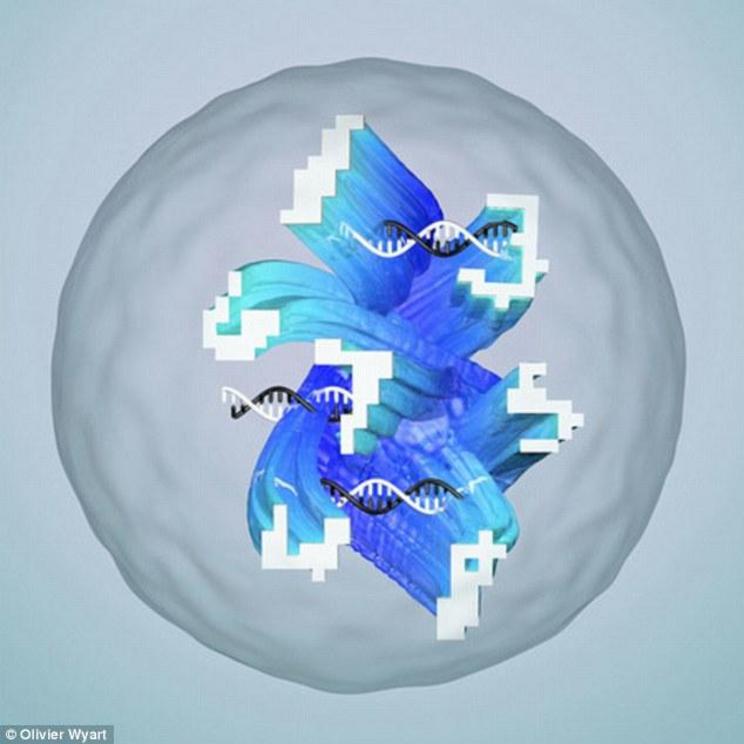
An artificial neural network that's made out of DNA (artists' impression) and mimics the way the brain works has been created by scientists in the lab. The test tube artificial intelligence can solve a classic machine learning problem by correctly identifying handwritten numbers
Experts at Caltech chose a task that is a classic challenge for electronic artificial neural networks, recognising handwriting.
This was one of the first tasks tackled by machine vision researchers and an ideal method to illustrate the capabilities of DNA-based neural networks
Human handwriting can vary widely, and so when a person scrutinises a scribbled sequence of numbers, the brain performs complex computational tasks in order to identify them.
Because it can be difficult even for humans to recognise one another's sloppy handwriting, identifying handwritten numbers is a common test for programming intelligence into AI neural networks.
These networks must be 'taught' how to recognise numbers, account for variations in handwriting, then compare an unknown number to their so-called memories and decide the number's identity.
The team demonstrated that a neural network made out of carefully designed DNA sequences could carry out chemical reactions to indicate it had correctly identified 'molecular handwriting.'
When given an unknown number, this so-called 'smart soup' would undergo a series of reactions and output two fluorescent signals, for example, green and yellow to represent a five, or green and red to represent a nine.
WHY DID RESEARCHERS USE DNA TO CREATE A TEST TUBE AI?
Key to creating biomolecular circuits out of DNA are the strict binding rules between molecules of DNA.
A single-stranded DNA molecule is composed of smaller molecules called nucleotides—abbreviated A, T, C, and G—arranged in a string, or sequence.
The nucleotides in a single-stranded DNA molecule can bond with those of another single strand to form double-stranded DNA, but the nucleotides bind only in very specific ways.
An A nucleotide always bind with a T and a C nucleotide with a G.
Taking advantage of these predictable binding rules, researchers were able to design short strands of DNA to undergo predictable chemical reactions in a test tube and thereby compute tasks, such as molecular pattern recognition.
In 2011, they created the first artificial neural network made of DNA molecules that could recognise four simple patterns.
In July 2018, they unveiled test tube artificial intelligence which can solve a classic machine learning problem by correctly identifying handwritten numbers.
Lead researcher Lulu Qian, assistant professor of bioengineering, said: 'Though scientists have only just begun to explore creating artificial intelligence in molecular machines, its potential is already undeniable.
'Similar to how electronic computers and smart phones have made humans more capable than a hundred years ago, artificial molecular machines could make all things made of molecules – perhaps including even paint and bandages – more capable and more responsive to the environment in the hundred years to come.'
Unlike visual handwriting that varies in geometrical shape, each example of molecular handwriting does not actually take the shape of a number.
Instead, each molecular number is made up of 20 unique DNA strands chosen from 100 molecules, each assigned to represent an individual pixel in any 10 by 10 pattern.
These DNA strands are mixed together in a test tube.
Given a particular example of molecular handwriting, the DNA neural network can classify it into up to nine categories, each representing one of the nine possible handwritten digits from 1 to 9.
First, the team built a DNA neural network to distinguish between handwritten sixes and sevens.
They then tested 36 handwritten numbers and the test tube neural network correctly identified all of them.
The system theoretically has the capability of classifying over 12,000 handwritten sixes and sevens – 90 per cent of those numbers taken from a database of handwritten numbers used widely for machine learning – into the two possibilities.
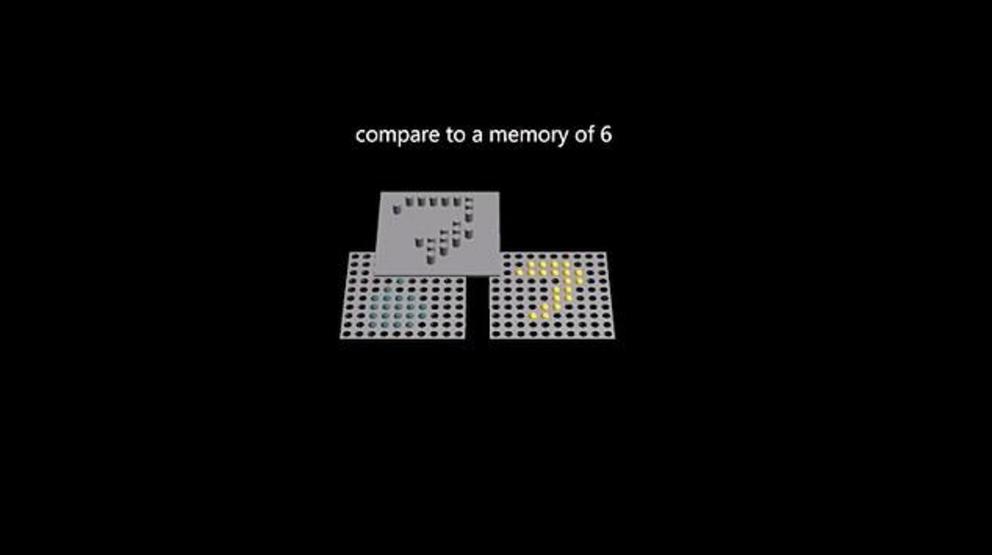
Crucial to this process was encoding a 'winner take all' competitive strategy using DNA molecules. In this strategy, a particular type of DNA molecule dubbed the annihilator was used to select a winner when determining the identity of an unknown number (pictured)
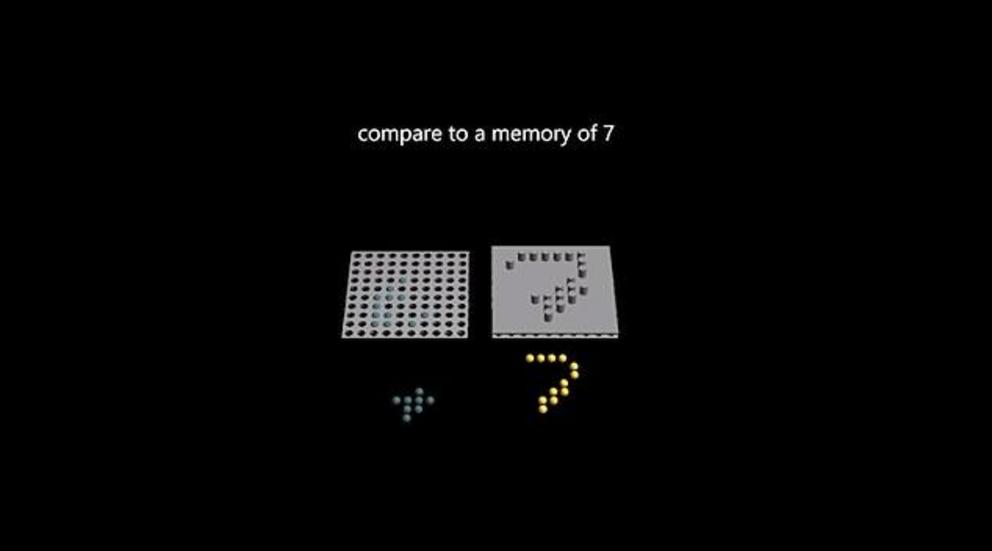
The annihilator forms a complex with one molecule from one competitor and one molecule from a different competitor and reacts to form inert, unreactive species. The annihilator quickly eats up all of the competitor molecules until only a single competitor species remains
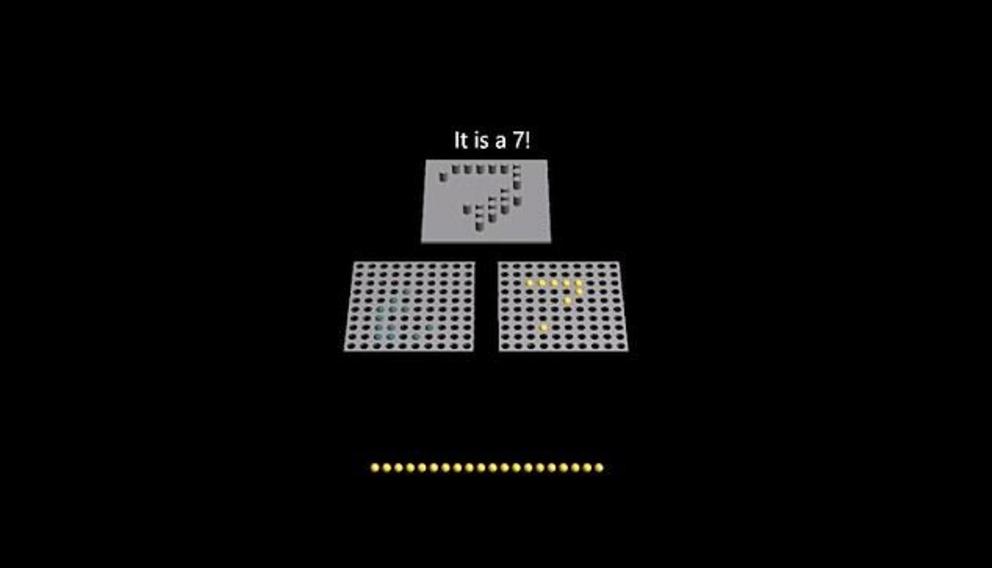
The winning competitor (bottom right) is then restored to a high concentration and produces a fluorescent signal indicating the networks' decision
Crucial to this process was encoding a 'winner take all' competitive strategy using DNA molecules.
In this strategy, a particular type of DNA molecule dubbed the annihilator was used to select a winner when determining the identity of an unknown number.
The annihilator forms a complex with one molecule from one competitor and one molecule from a different competitor and reacts to form inert, unreactive species.
The annihilator quickly eats up all of the competitor molecules until only a single competitor species remains.
The winning competitor is then restored to a high concentration and produces a fluorescent signal indicating the networks' decision.
Next, the team built upon the principles of they first DNA neural network to develop one even more complex, one that could classify single digit numbers one through nine.
The team now plan to develop artificial neural networks that can learn, forming 'memories' from examples added to the test tube.
In this way, they say, the same smart soup can be trained to perform different tasks
The full findings were published in the journal Nature.
HOW DOES ARTIFICIAL INTELLIGENCE LEARN?
AI systems rely on artificial neural networks (ANNs), which try to simulate the way the brain works in order to learn.
ANNs can be trained to recognise patterns in information - including speech, text data, or visual images - and are the basis for a large number of the developments in AI over recent years.
Conventional AI uses input to 'teach' an algorithm about a particular subject by feeding it massive amounts of information.
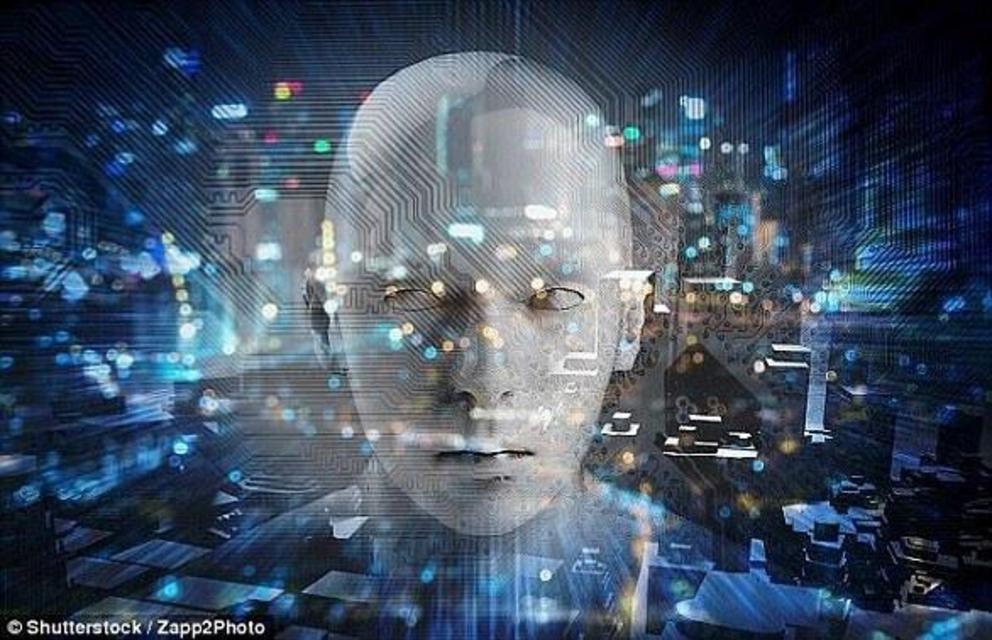
AI systems rely on artificial neural networks (ANNs), which try to simulate the way the brain works in order to learn. ANNs can be trained to recognise patterns in information - including speech, text data, or visual images
Practical applications include Google's language translation services, Facebook's facial recognition software and Snapchat's image altering live filters.
The process of inputting this data can be extremely time consuming, and is limited to one type of knowledge.
A new breed of ANNs called Adversarial Neural Networks pits the wits of two AI bots against each other, which allows them to learn from each other.
This approach is designed to speed up the process of learning, as well as refining the output created by AI systems.
